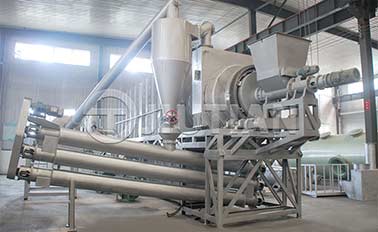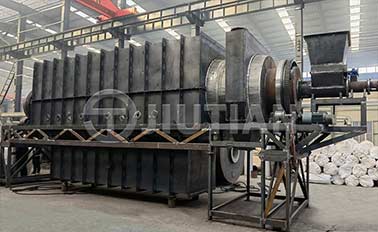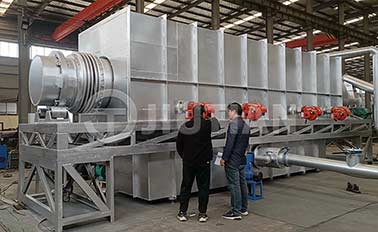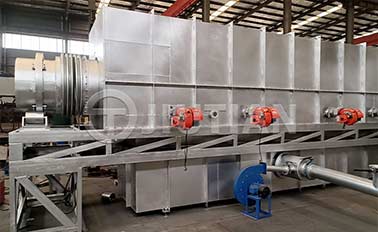There are two main methods for carbonizing charcoal in carbonization furnaces: retort carbonization and internal combustion carbonization.
Retort carbonization is to put the wood into a carbonization furnace, seal it and then heat it. This process can be divided into three stages: low temperature dehumidification stage, high temperature calcination stage and cooling stage. In the low-temperature dehumidification stage, about 8% of the moisture contained in the charcoal is discharged to prevent moisture cracking and ensure the quality of carbonization. The high-temperature calcination stage will produce a large amount of combustible gas, which can be used to heat the furnace or provide a drying heat source. After the cooling stage, natural cooling or spray cooling can be adopted.

Internal combustion carbonization uses heat and ignition at the bottom of the furnace to deprive the wood of oxygen and heat it, producing flammable gases. These gases return to the bottom of the furnace through the pipeline to continue to heat up and become carbonized. When the combustible gas comes out, the furnace will automatically heat up and carbonize. If the temperature exceeds 500 degrees and the excess gas heat source is too large, the temperature control valve can be opened to release the excess gas and lower the temperature. When the combustible gas inside the furnace has burned out, the carbonization part has been completed.

Location:Indonesia
Project Progress:Put Into Production

Location:Vietnam
Project Progress:Put Into Production

Location:Kenya
Project Progress:Put Into Production

Location:Canada
Project Progress:Put Into Production